Circuit Mechanism of D1/D2 Cells in the Temporal Association Cortex for Auditory Perceptual Decision-Making
DOI: 10.23977/phpm.2025.050220 | Downloads: 5 | Views: 289
Author(s)
Qitai Wu 1
Affiliation(s)
1 Montverde Academy Shanghai, No. 88, Pudong New District, Shanghai, China
Corresponding Author
Qitai WuABSTRACT
The temporal association cortex (TeA) is a higher-order node in the auditory system, involved in processing complex sound and steering behavior. Although dopamine transmission, specifically mediated by D1 and D2 receptors, is well understood to influence decision-making in subcortical structures such as the VTA, its role within the TeA is generally unclear. The goal of the present study was to examine the requirements for D1/D2 receptor-mediated pathways within the TeA for a task of auditory discrimination. We conditioned mice on a task wherein they had to decide depending on frequency in sound. We then utilized a mix of pharmacological intervention with ketamine, in vivo fiber photometry to assess dopamine dynamics, and post-mortem c-Fos immunofluorescence to investigate neural activation. Our results revealed three major findings. First, behavioral analysis showed that ketamine administration severely disrupted the ability of the mice to discriminate as evidenced by a flattening of the psychometric performance curve. Second, immunofluorescence imaging showed that both the TeA and the linked Ventral Tegmental Area (VTA) were strongly activated when the task was performed. Finally, real-time recordings showed that ketamine displaced the temporal profile of dopamine release in the TeA upon the sound stimulus to render a clear, stimulus-locked peak into a flattened and disorganized, multi-peaked profile. All together, these findings demonstrate that the normal functioning of dopamine circuits within the TeA is not merely associated with, but a necessity for, accurate auditory-guided decision-making. Interference with these signals is definitive proof that the coordinated, balanced activity through D1 and D2 receptors within the TeA is a necessity for this process.
KEYWORDS
Temporal Association Area, D1 Receptor, D2 Receptor, Auditory Decision-MakingCITE THIS PAPER
Qitai Wu, Circuit Mechanism of D1/D2 Cells in the Temporal Association Cortex for Auditory Perceptual Decision-Making. MEDS Public Health and Preventive Medicine (2025) Vol. 5: 139-145. DOI: http://dx.doi.org/10.23977/phpm.2025.050220.
REFERENCES
[1] Sacco T, Sacchetti B. Role of secondary sensory cortices in emotional memory storage and retrieval in rats. Science. 2010 Aug 6;329,5992(2010):649-656. doi: 10.1126/science.1183165. PMID: 20689011
[2] Jenni NL, Larkin JD, Floresco SB. Prefrontal Dopamine D1 and D2 Receptors Regulate Dissociable Aspects of Decision Making via Distinct Ventral Striatal and Amygdalar Circuits. J Neurosci. 2017 Jun 28;37(26):6200-6213. doi: 10.1523/JNEUROSCI.0030-17.2017. Epub 2017 May 25. PMID: 28546312; PMCID: PMC6705698.
[3] Bao S, Chan VT, Merzenich MM. Cortical remodelling induced by activity of ventral tegmental dopamine neurons. Nature. 2001 Jul 5;412(6842):79-83. doi: 10.1038/35083586. PMID: 11452310.
[4] Paxinos, George, and Keith BJ Franklin. Paxinos and Franklin's the mouse brain in stereotaxic coordinates. Academic press, 2019. ISBN: 0123910579 (hbk.)
[5] Kovács, Krisztina J. "Measurement of immediate‐early gene activation‐c‐fos and beyond." Journal of neuroendocrinology 20.6 (2008): 665-672.doi: 10.1111/j.1365-2826.2008.01734.x
| Downloads: | 4667 |
|---|---|
| Visits: | 271361 |
Sponsors, Associates, and Links
-
MEDS Clinical Medicine

-
Journal of Neurobiology and Genetics
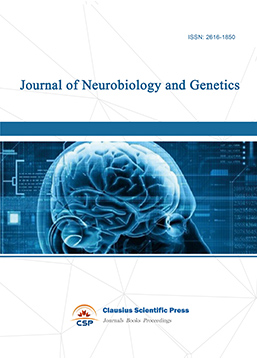
-
Medical Imaging and Nuclear Medicine

-
Bacterial Genetics and Ecology
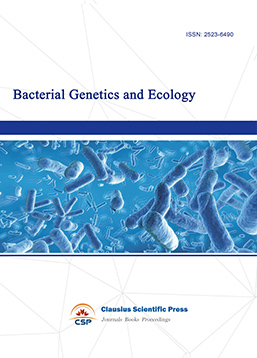
-
Transactions on Cancer
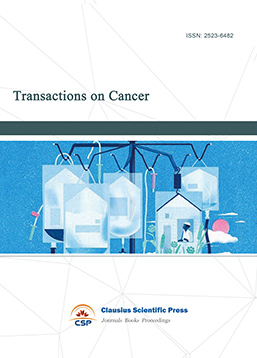
-
Journal of Biophysics and Ecology

-
Journal of Animal Science and Veterinary
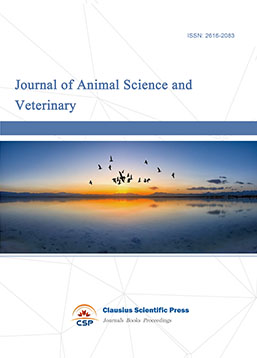
-
Academic Journal of Biochemistry and Molecular Biology

-
Transactions on Cell and Developmental Biology

-
Rehabilitation Engineering & Assistive Technology
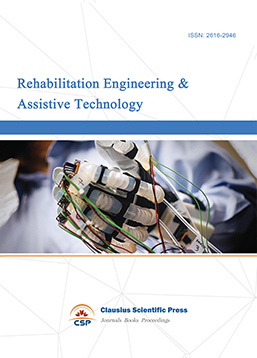
-
Orthopaedics and Sports Medicine
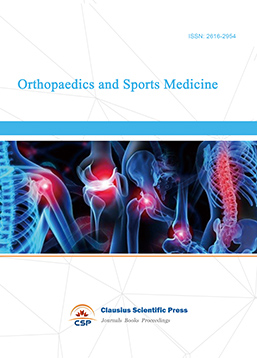
-
Hematology and Stem Cell

-
Journal of Intelligent Informatics and Biomedical Engineering
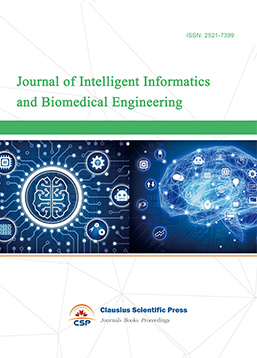
-
MEDS Basic Medicine
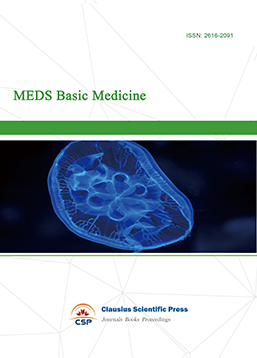
-
MEDS Stomatology
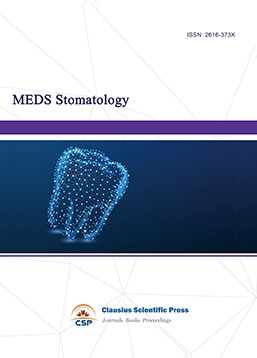
-
MEDS Chinese Medicine
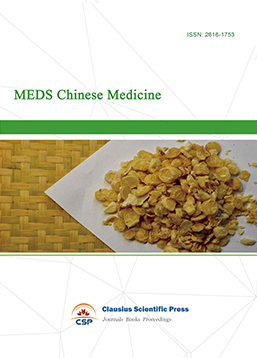
-
Journal of Enzyme Engineering

-
Advances in Industrial Pharmacy and Pharmaceutical Sciences
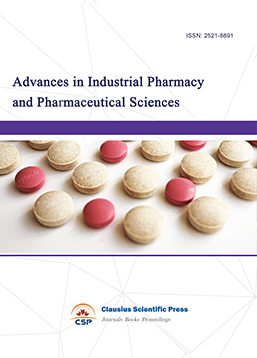
-
Bacteriology and Microbiology
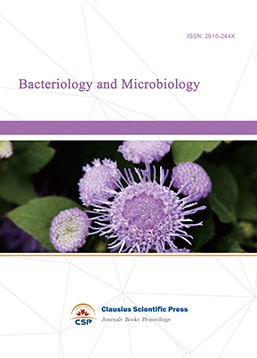
-
Advances in Physiology and Pathophysiology

-
Journal of Vision and Ophthalmology
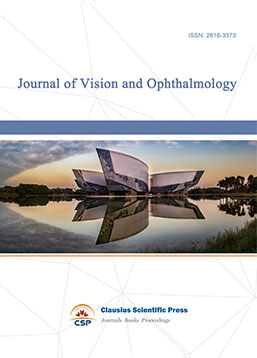
-
Frontiers of Obstetrics and Gynecology

-
Digestive Disease and Diabetes

-
Advances in Immunology and Vaccines

-
Nanomedicine and Drug Delivery
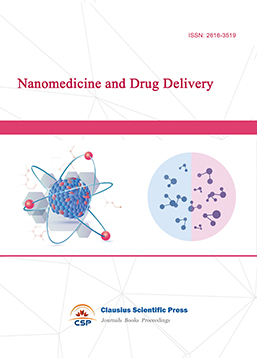
-
Cardiology and Vascular System

-
Pediatrics and Child Health

-
Journal of Reproductive Medicine and Contraception

-
Journal of Respiratory and Lung Disease
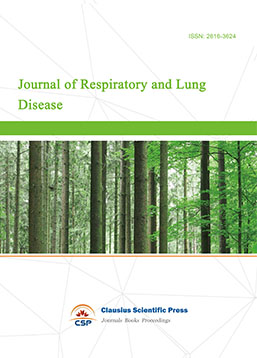
-
Journal of Bioinformatics and Biomedicine


 Download as PDF
Download as PDF